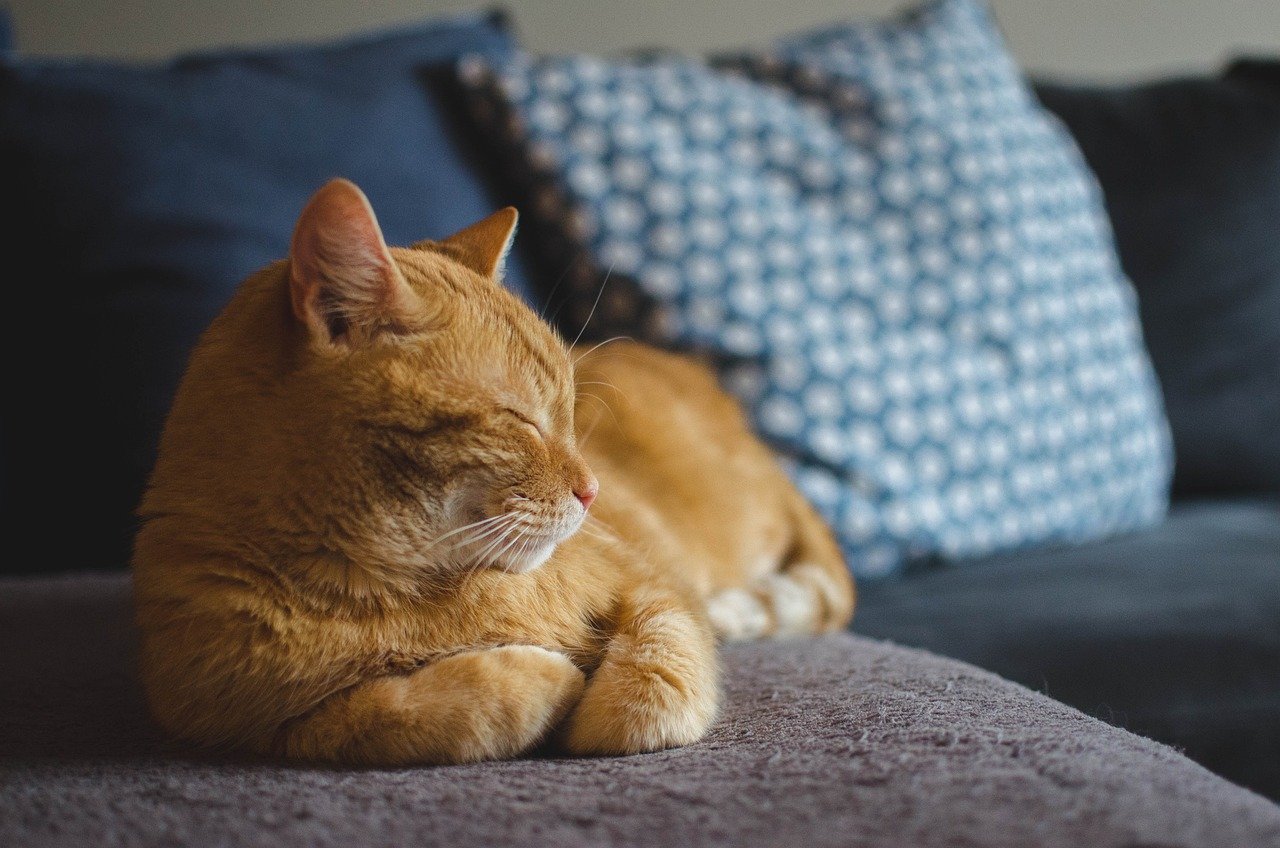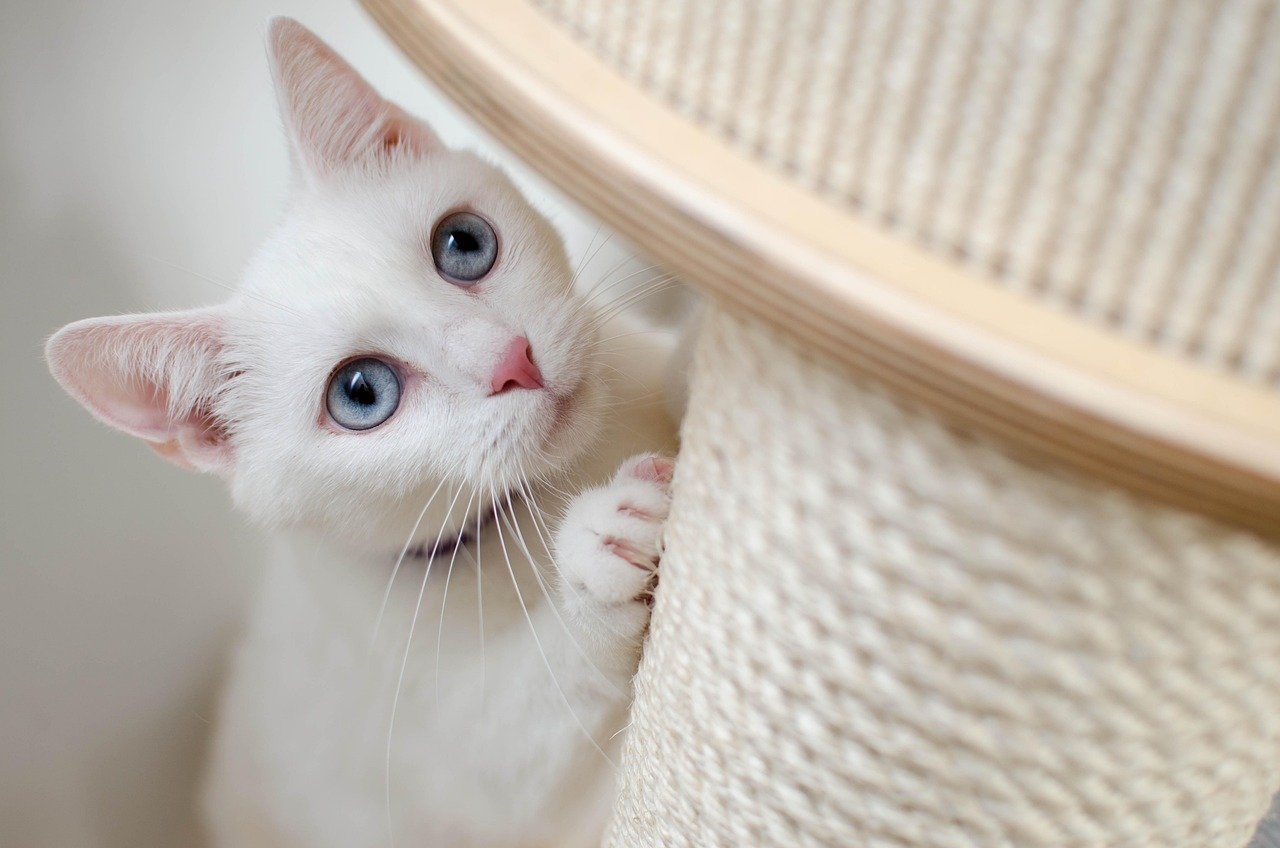Life is full of changes, and for our feline companions, these disruptions can be particularly challenging. Whether it’s a move to a new home, the arrival of a new family member, or even a significant change in routine, cats often find themselves struggling to adapt. Understanding how to support your cat through these turbulent times is crucial for their well-being and happiness. Cats are creatures of habit, and any deviation from their norm can be unsettling. Here’s how you can help make these transitions smoother for your beloved pet.
Understanding Your Cat’s Perspective
Cats, much like humans, have their own unique personalities and ways of coping with stress. It’s important to realize that what might seem like a minor change to you can feel monumental to them. For instance, just rearranging furniture can be a big deal for a cat. They rely heavily on scent and landmarks to navigate their world. Imagine waking up one day to find your entire house rearranged without warning; it would be unsettling, to say the least. Recognizing that your cat may feel confused or anxious is the first step in providing the right support.
Creating a Safe Space
When a major life disruption occurs, providing a safe and quiet space for your cat can make a world of difference. This could be a cozy corner of a room with their favorite blanket or a quiet closet where they can retreat. Cats often feel more secure when they have a designated area that remains unchanged. Think of it as their personal sanctuary where they can escape the chaos. In this space, keep their essentials like food, water, and a litter box. This consistency can help them feel more grounded amidst the upheaval.
Maintaining a Routine
Consistency is key when it comes to helping your cat adjust. Try to keep feeding times, play sessions, and other daily routines as consistent as possible. Cats find comfort in predictability, and knowing what to expect can help reduce their anxiety. If a disruption has altered your schedule, gradually introduce new routines in small increments. This gradual adjustment can make the transition less jarring for your feline friend. Think of it as slowly introducing a new chapter in a book rather than skipping ahead to the end.
Using Pheromones and Calming Products

Pheromone diffusers and sprays can be beneficial tools in reducing stress for your cat. These products mimic the natural calming pheromones that cats release, helping to create a soothing environment. Imagine walking into a room filled with the comforting scent of lavender; that’s the effect these products aim to have on your cat. Many pet owners find that these products help ease their cat’s anxiety during times of change. It’s a simple yet effective way to reassure your cat that everything will be alright.
Engaging in Play and Interaction
Interactive play can be a great way to distract your cat from the stress of a major life change. Engaging your cat in activities they love, like chasing a feather toy or batting at a string, can help them focus their energy on something positive. Playtime also serves as an excellent bonding opportunity, reinforcing the trust and connection between you and your cat. Think of it as a mini-vacation from their worries, where they can lose themselves in fun and games.
Monitoring Behavioral Changes
During and after a life disruption, keep a close eye on your cat’s behavior. Changes such as excessive grooming, hiding, or changes in appetite can be indicators of stress. It’s similar to how humans might bite their nails or lose their appetite when anxious. If you notice any concerning behaviors, it may be wise to consult with a veterinarian. They can provide guidance on whether your cat’s behavior is a normal reaction to stress or if there might be an underlying health issue.
Introducing Changes Gradually

When possible, introduce changes in your cat’s environment gradually. If you’re moving to a new home, for example, try setting up one room at a time and allowing your cat to explore at their own pace. This method allows them to slowly acclimate to new surroundings without feeling overwhelmed. Think of it like dipping your toes into a pool rather than jumping in headfirst. By taking things slow, you give your cat the time they need to adjust and feel comfortable.
Providing Extra Attention and Reassurance
Lastly, don’t underestimate the power of your presence in soothing your cat. Spending extra time with them, providing gentle petting, and speaking to them in a calm voice can offer immense comfort. Cats may not understand the specifics of the disruption, but they can certainly pick up on your emotions. Your calm and reassuring demeanor can provide the stability they need to weather the storm. Much like a child seeking comfort from a parent’s embrace, your attention can be a powerful source of solace.
Supporting a cat after a significant life disruption requires patience, understanding, and a bit of creativity. By taking the time to see the world from their perspective and offering consistent care and comfort, you can help your feline friend navigate these changes with ease. Remember, it’s all about creating a sense of security and normalcy, even in the midst of chaos.

Linnea is a born and bred Swede but spends as much time as possible in Cape Town, South Africa. This is mainly due to Cape Town’s extraordinary scenery, wildlife, and atmosphere (in other words, because Cape Town is heaven on earth.) That being said, Sweden’s majestic forests forever hold a special place in her heart. Linnea spends as much time as she can close to the ocean collecting sea shells or in the park admiring puppies.






